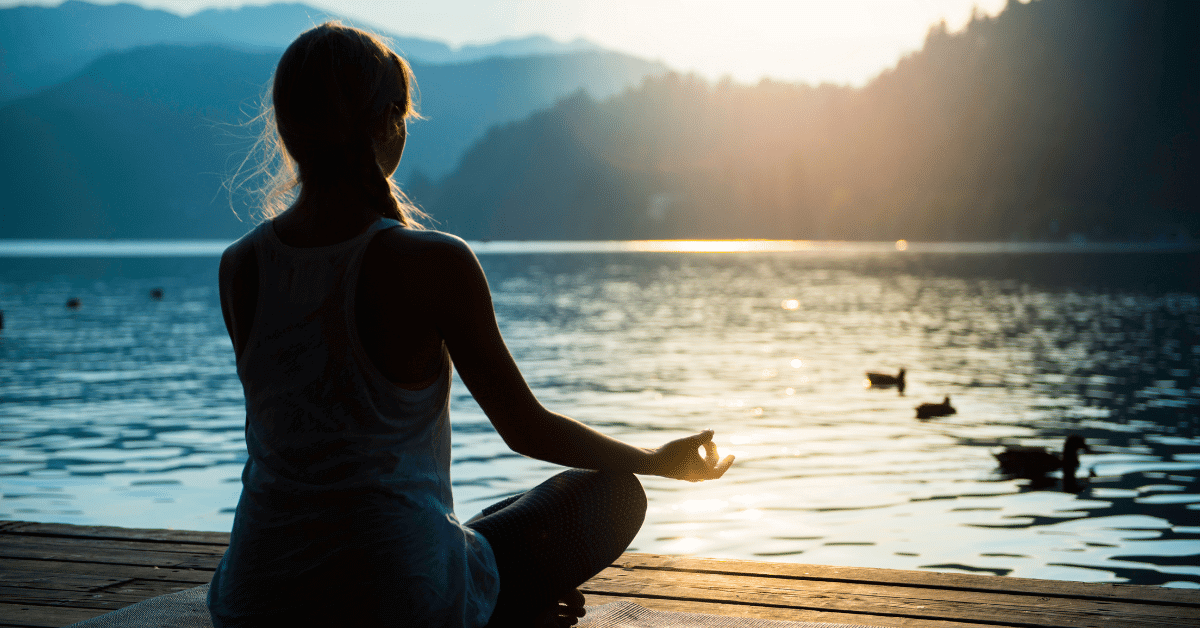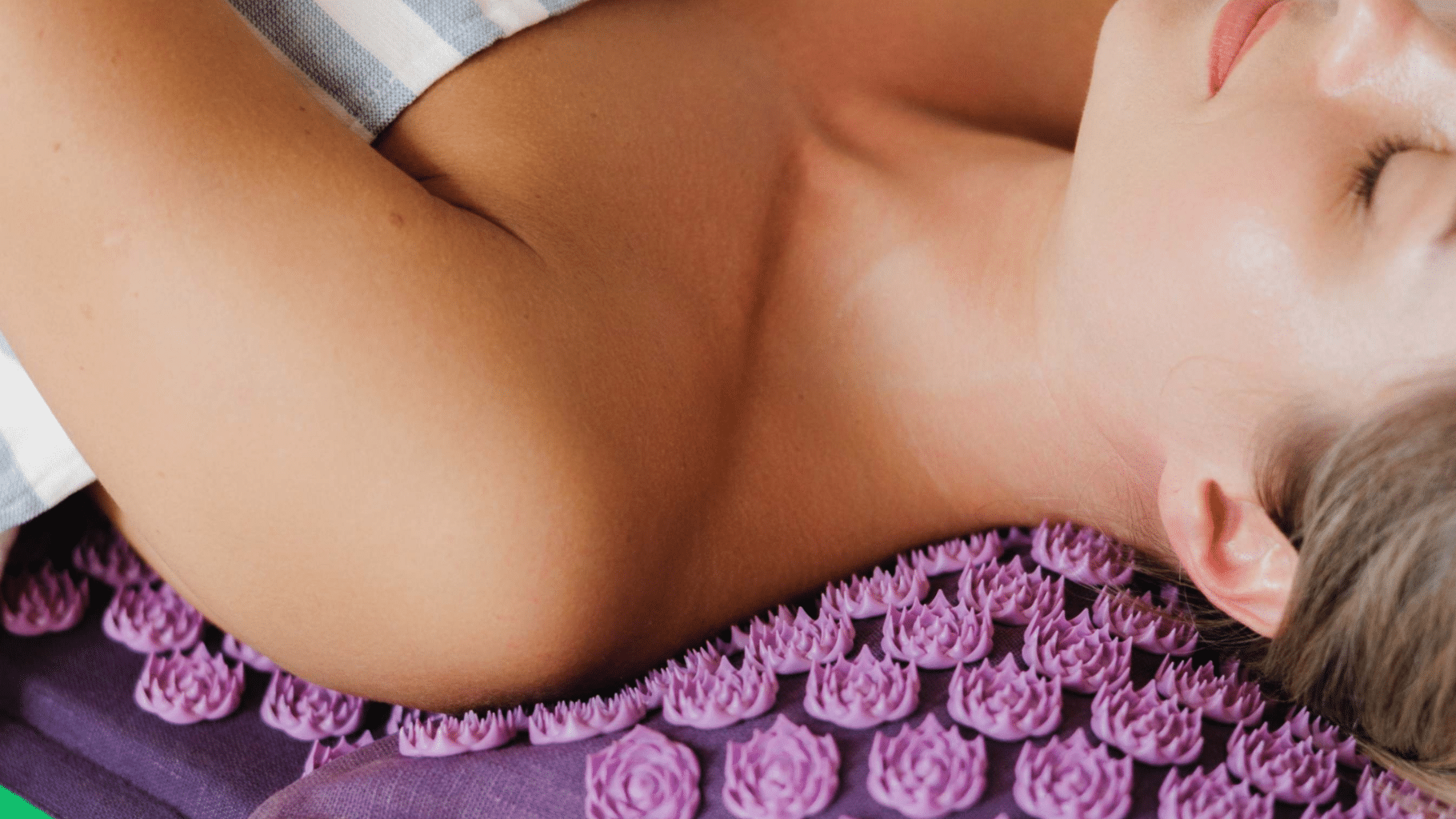This article explores the top 11 research-based relaxation techniques for better managing stress and anxiety. Try incorporating some of these practices into your daily life for improved calm, health, and well-being. Click the links for more detailed information on each of the relaxation methods.
What are effective relaxation techniques for stress and anxiety?
Effective relaxation techniques include deep breathing exercises, progressive muscle relaxation, guided meditation, yoga, and mindfulness practices. Each method helps lower stress and anxiety by promoting relaxation and improving overall mental health.
This blog is part of a series on “coping strategies.” The next blog is about breathing techniques.
Effective Relaxation Techniques for Stress and Anxiety
- Deep Breathing Exercises: Focus on slow, deep breaths to calm the mind and body.
- Progressive Muscle Relaxation: Tense and relax muscles systematically to reduce physical stress.
- Guided Meditation: Use audio or apps to follow meditation instructions that promote relaxation.
- Yoga: Combine physical postures, breathing exercises, and meditation to enhance mental and physical balance.
- Mindfulness Practices: Cultivate present-moment awareness to interrupt stress cycles.
- Aromatherapy: Use essential oils like lavender or chamomile to soothe the senses and relax the mind.
- Nature Walks: Engage in gentle walks outdoors to reduce stress levels and boost mood.
Relax Your Body with Progressive Muscle Relaxation
Progressive muscle relaxation (PMR) is a stress management technique that involves systematically tensing and relaxing different muscle groups throughout the body. It was developed in the 1920s by American physician Edmund Jacobson.
During PMR, you intentionally apply tension to specific muscle groups, holding them tight for 5 to 10 seconds. Pay close attention to the tension in the contracted muscles. Then, you release the tension quickly and notice how the muscles relax and become loose and limp. This is done in a head-to-toe sequence.
By tuning into your body’s sensations, you increase mindfulness. Focused breathing enhances the relaxation response. Any stress or anxiety gradually flows out of your body, leaving you in a deep state of calmness.
Imagine Your Way to Relaxation with Guided Imagery
Guided imagery is a stress reduction technique in which you envision soothing scenes, places, or experiences to relax the body and mind. You can use self-guided imagery by using a script or being led by cues from a therapist, or you can create your own peaceful visualizations.
During guided imagery, you imagine sights, sounds, smells, textures, and other sensations in your calming scene. This immersion into a tranquil environment elicits a relaxation response. Your heartbeat and breathing slow, muscles relax, and blood pressure decreases.
Studies have shown that guided imagery can reduce stress, anxiety, depression, insomnia, and pain. It’s also used with cancer patients to help strengthen the immune system and counter nausea from chemotherapy. Athletes use imagery to enhance sports performance.
Achieve Deep Calm with Biofeedback Training
Biofeedback training teaches you to control physiological responses that are normally involuntary, like heart rate, brain waves, and muscle tension. Electronic sensors attached to your skin feed biological signals to a monitoring device in biofeedback. The readings allow you to observe small changes in your body.
With practice, you gain awareness and learn to purposefully relax tense muscles and regulate heart rate and breathing for whole-body calm.
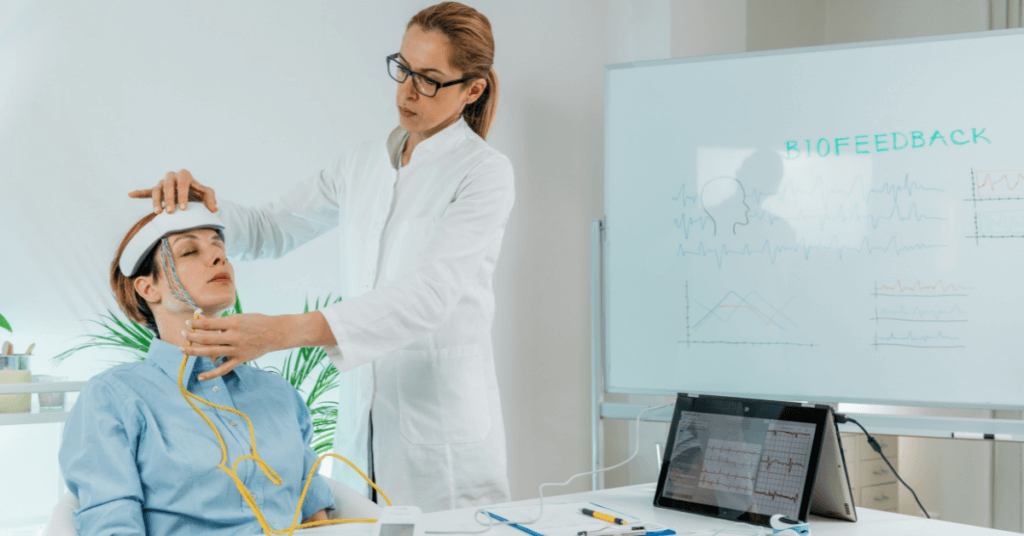
There are different types of biofeedback therapies. Heart rate variability biofeedback reduces stress and anxiety. Neurofeedback tracks brain waves associated with relaxation and wakefulness. Electromyography sensors monitor muscle activity during progressive muscle relaxation.
Biofeedback is effective for treating stress, anxiety, headaches, chronic pain, and ADHD. It empowers patients to play an active role in their health and gives them tools to control symptoms. Daily relaxation practice helps sustain results. Health practitioners and therapists offer biofeedback training. Home biofeedback devices are also available.
| Type | Benefits |
|---|---|
| Heart Rate Variability | Reduces stress and anxiety |
| Neurofeedback | Regulates brain waves |
| Electromyography | Monitors muscles during PMR |
Autogenic Training for Releasing Tension
Autogenic training is a relaxation technique based on hypnosis and autosuggestion. It was developed in the 1930s by German psychiatrist Johannes Schultz, who studied hypnotism and Eastern meditation.
Autogenic training aims to achieve a deep state of relaxation by repeating calming phrases that influence physiological responses. This self-hypnosis therapy reduces stress and anxiety. It can also help treat migraines, hypertension, and some digestive disorders.
An example phrase is, “My arms and legs feel heavy and warm.” Repeat each phrase silently while sitting comfortably with eyes closed. Focus on passive concentration by letting the words create the response rather than forcing it. Sensations may include warmth, heaviness, calm breathing, slowed heartbeat, and tranquility. Work through a series of 6 to 10 autogenic phrases a few times weekly.
Float Your Stress Away in a Sensory Deprivation Tank
Sensory deprivation tank therapy provides deep relaxation for both the mind and body. Also called Restricted Environmental Stimulation Therapy (REST) involves effortlessly floating in a shallow pool of skin-temperature water saturated with Epsom salt. The high salt content makes you buoyant. The water and the sides of the tank are soundproof and kept dark.
Devoid of external stimuli inside the capsule, you experience a calming, weightless state. This environment allows you to relax your nervous system in minutes versus the 20-30 minutes typically needed for meditation. The anti-gravity environment releases muscle tension. Your mind enters a meditative theta brain wave state associated with creativity and healing.
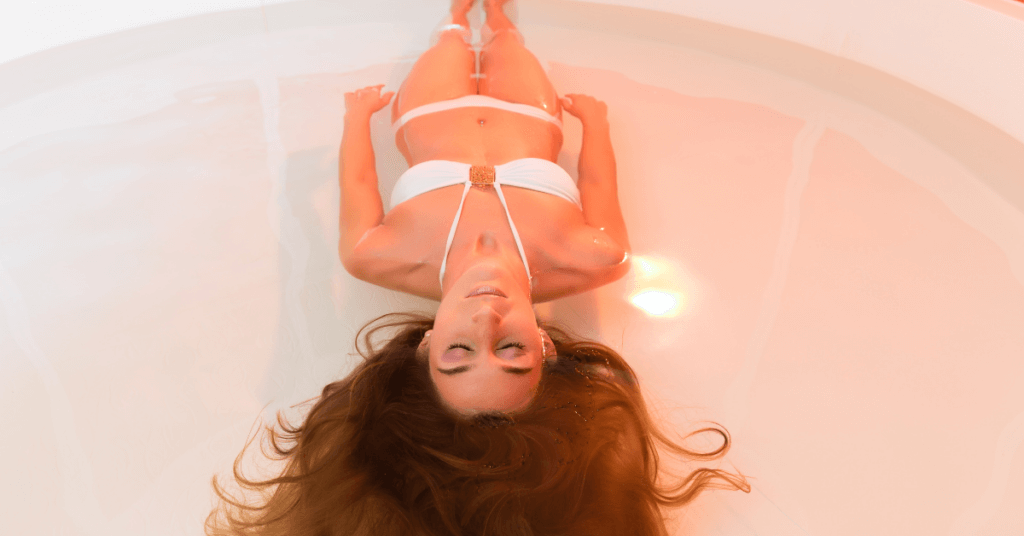
Studies confirm REST therapy reduces stress and anxiety, relieves pain, improves sleep quality, and elevates mood. The profound relaxation and restored energy can have lasting benefits for overall well-being. Sessions last about an hour; many spas and wellness centers offer float therapy. Some athletes and Silicon Valley executives use it preventively to maintain peak performance.
Find Mindful Relaxation Through Meditative Art
Expressive arts like painting, drawing, coloring, sculpting, or clay work relieve stress through creative mindfulness. The goal isn’t to produce great art but to be fully present in the moment-to-moment process. This immersion in the senses induces a relaxation response.
Focusing on rhythmic art activities lowers anxiety and worry. Blending colors, shaping pottery clay, or crafting patterns takes you out of a thinking mode and into “the flow.” Making art for just 10 to 20 minutes can calm emotions. Creating visual journals, doodling during phone calls, or using adult coloring books can also relax.
A 2011 study found that visiting an art museum for an hour lowered blood pressure and heart rate among study participants, indicating reduced anxiety. Other research shows making art helps cancer patients and their caregivers cope with stress. Don’t judge your work. Fully engage in the soothing, meditative art activity.
Harmonize Your Mind with Binaural Beats
Binaural beats use sound technology to relax your mind by synchronizing your brain waves. When you listen to different low-frequency tones in each ear, your brain responds by creating a third tone to bridge the difference between the two. This synthesized tone places your brain in a lower frequency, alpha, or theta range, inducing a deeply relaxed state.
Different binaural programs are produced to tap into states of improved focus, lessened anxiety, or meditation. Some studies confirm binaural beats’ effects on relaxation, mood, attention, pain perception, and memory, while others are inconclusive. Listening before bedtime promotes more restful sleep, but it shouldn’t replace medication treatment for health conditions.
Binaural beats are best heard through headphones. Sessions last 10 to 30 minutes. Allow time afterward to integrate these profound mind states into daily life. Many free or low-cost programs are available online. Beware of programs that induce extremely low or high frequencies outside the safe zone.
Knead Out Stress with Massage Therapy
Massage is an ancient healing therapy that promotes deep muscle relaxation, increases blood flow, reduces pain, and lowers heart rate and blood pressure. Studies confirm that massage boosts immune function and reduces anxiety, fatigue, depression, and pain in cancer patients.
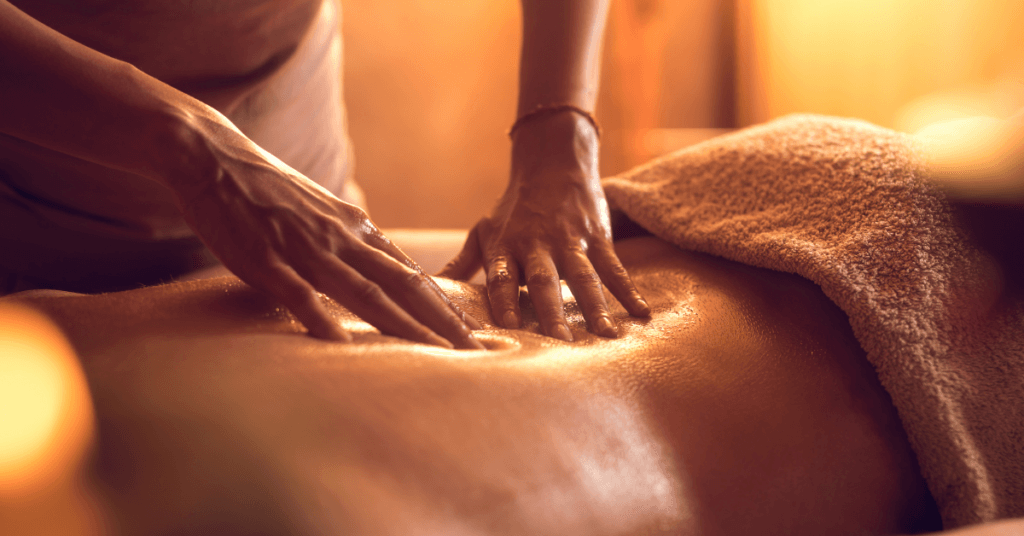
Swedish, aromatherapy, hot stone, shiatsu, and Thai massage reduce stress hormones like cortisol. Massage therapy activates the parasympathetic nervous system to counteract chronic stress and fatigue. Techniques like kneading, percussion, friction, vibration, and range-of-motion relax tense muscles and stiff joints while stimulating blood and lymph circulation. Licensed massage therapists can target specific problem areas to relieve discomfort.
Massage therapy offers healing at all stages of life, from newborns to the elderly. While deep tissue massage may cause minor muscle soreness, massage is one of the few therapies with almost no downsides when performed by a licensed practitioner. Many massage studios have recurring specials if the standard rates are cost-prohibitive.
| Type | Benefits |
|---|---|
| Swedish | Improves flexibility and reduces muscle tension |
| Aromatherapy | Essential oils enhance relaxation |
| Hot Stone | Heated stones loosen tight muscles |
Immerse in Relaxation with Hydrotherapy
The soothing properties of water have relaxation benefits all their own. Hydrotherapy therapies like hot tubs, mineral baths, contrast baths, Scotch hose treatments, and saunas help unwind. They increase muscle blood flow and reduce tension in joints and soft tissues. The buoyancy and warmth of water offset the effects of gravity and cold to relieve stress.
Hot baths before bedtime help lower your core body temperature by drawing blood outward and helping you fall asleep faster. Add Epsom salts to soothe sore muscles. Cold water triggers your vagus nerve to lower your heart rate and blood pressure immediately. Contrast baths-alternating soaking your feet in hot then cold water-stimulate circulation. Cool showers refresh you after a stressful day.
Cultivate Awareness for Relaxation with Mindfulness
The practice of mindfulness teaches present-moment awareness to achieve relaxation. By narrowing our focus to the current experience, we push aside regrets about the past and worries for the future to find calm. Studies show that regular time spent practicing mindfulness reduces stress, anxiety, depression, insomnia, and chronic pain while boosting overall well-being.
Mindfulness meditation cultivates this state of engaged, nonjudgmental attention. You notice thoughts, emotions, and sensations without following or reacting. Sit quietly and focus on your current moment, breathing, eating, walking, or tasks. Start with a few minutes a day, and gradually increase.
Try walking meditations, mindfulness art projects, or body scans if you have trouble sitting still. Repeating mindfulness prompts like “breathe” or “relax” helps refocus wandering minds. Mindfulness apps like Headspace, Calm, InsightTimer, and Stop, Breathe & Think make practicing easy.
Vibration Therapy for Stress Relief
Vibration therapy, often termed whole-body vibration (WBV), is an innovative relaxation technique that exposes the body to gentle vibrations, typically by standing on a vibrating platform. These platforms produce uniform vibrations that are transmitted throughout the body. While originally developed to enhance bone density and muscle strength, its applications have expanded to include stress and anxiety relief.
The subtle vibrations stimulate muscle fibers, requiring them to contract and relax multiple times per second. This activity can increase blood flow, oxygenate tissues, and encourage the release of endorphins – the body’s natural painkillers and mood elevators. As a result, the body often feels more relaxed and rejuvenated after a session.
Benefits for Stress Relief:
- Endorphin Release: WBV stimulates the body to produce endorphins, which can help alleviate stress and pain and enhance mood.
- Muscle Relaxation: The vibrations help release muscle tension, which can accumulate due to stress. By soothing tight muscles and knots, it provides physical relief, which can translate to mental relaxation.
- Increased Circulation: The enhanced blood flow can lead to better oxygenation and nutrient distribution, aiding cellular function and overall body relaxation.
Personal Thoughts
I’ve recognized the value of proven relaxation techniques in managing my stress. My website aims to save others the struggle of trial and error by offering effective methods that mitigate stress.
By sharing my experiences and solutions, I hope to facilitate a smoother path for those seeking to manage their stress levels more effectively. The insights I provide are grounded in scientific research and personal testing and tailored to help others find relief.
Frequently Asked Questions
What is a relaxation technique?
A relaxation technique is a method, process, or activity that helps a person relax, attain a state of increased calmness, or reduce anxiety, stress, or anger levels. Relaxation techniques are often employed in a wider stress management program. They can decrease muscle tension, lower blood pressure, and slow heart and breath rates, among other health benefits.
What are some different relaxation exercises I can try?
Many relaxation exercises include deep breathing, visualization, progressive muscle relaxation, yoga, and tai chi. These exercises usually involve focusing on a single object or sound, increasing body awareness, and using deep, slow breathing techniques.
How is progressive muscle relaxation therapy applied?
Progressive muscle relaxation therapy involves tensing and releasing different body parts, starting from your feet and working your way up. By focusing on the difference between tension and relaxation, you can become more aware of physical sensations. This technique may help you relax and alleviate stress when practicing regularly.
What is the role of visualization in relaxation techniques?
Visualization is a relaxation technique that involves imagining a scene in which you feel at peace, free to let go of all tension and anxiety. This technique is often combined with physical relaxation techniques such as deep breathing and progressive muscle relaxation.
Can these relaxation techniques be part of a healthcare routine?
Yes, relaxation techniques have been recognized by the National Center for Complementary and Integrative Health as an effective part of healthcare routines. Relaxation techniques can help alleviate stress and aid in managing symptoms. However, it’s important to consult your healthcare provider about complementary practices you are considering.

